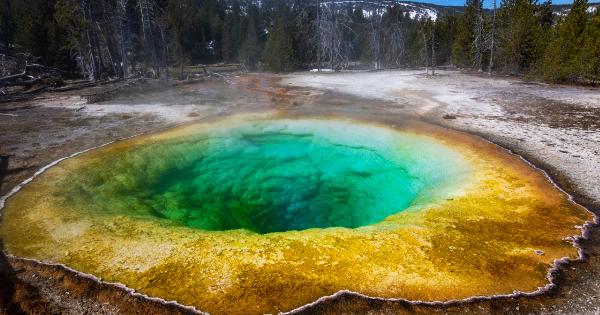As global temperatures rise, so too does conflict on social media platforms. In recent years, social media has become a hotbed of intense debates and heated arguments on a range of topics, including politics, social issues, and climate change.
However, new research suggests that there may be a link between extreme temperatures and social media conflict. In this article, we will explore the science behind this link, and discuss the implications for individuals, communities, and society as a whole.
What the Research Shows
A recent study published in the journal Nature Climate Change found that extreme temperatures are strongly linked to social media conflict.
Using a dataset of over 60 million geotagged tweets from around the world, the researchers found that as temperatures rose above 20°C (68°F), the likelihood of social media conflict increased dramatically. The study also found that high levels of humidity were associated with even greater levels of conflict.
These findings are significant, as they suggest that rising temperatures may be exacerbating already tense social and political climates, leading to increased conflict on social media platforms.
As global temperatures continue to rise, it is likely that we will see even greater levels of social media conflict in the years to come.
The Psychology of Heat
So why exactly does extreme heat lead to increased conflict on social media? According to psychologists, there are several reasons. First, high temperatures can lead to feelings of irritability, frustration, and aggression.
This is because heat can cause the body to release stress hormones such as cortisol, which can trigger negative emotions in some people.
Secondly, high temperatures can also lead to reduced impulse control, meaning that people are more likely to act impulsively without thinking through the consequences of their actions.
This can lead to impulsive and sometimes aggressive behavior on social media platforms.
The Impact on Communities
The link between extreme temperatures and social media conflict has important implications for communities and society as a whole.
For one, it suggests that as global temperatures continue to rise, we may see an increase in online harassment, trolling, and other forms of aggressive behavior. This can have a real impact on individuals, who may feel intimidated or unsafe online.
Furthermore, social media conflict can also lead to the breakdown of community cohesion and trust.
When people are constantly exposed to negative or hostile messages on social media, they may begin to feel disconnected from others and isolated from their communities. This can have a ripple effect, leading to increased social tension and a breakdown of social norms and values.
What Can We Do About It?
While the link between extreme temperatures and social media conflict may seem daunting, there are steps that we can take to mitigate the impact.
For one, social media platforms can implement policies and procedures to address harassment and hate speech, and to encourage positive discourse and healthy debate.
Individuals can also take steps to reduce their own online aggression and conflict.
This can include taking breaks from social media when feeling overwhelmed or stressed, practicing mindfulness and self-reflection, and engaging in positive behaviors such as kindness and compassion online.
Conclusion
The link between extreme temperatures and social media conflict is a complex and multi-faceted issue, with implications for individuals, communities, and society as a whole.
While there is no easy solution, it is clear that we must take action to address the root causes of social media conflict, including rising global temperatures and the psychological impact of heat on human behavior. By working together, we can create a safer, healthier, and more positive online community for all.






























